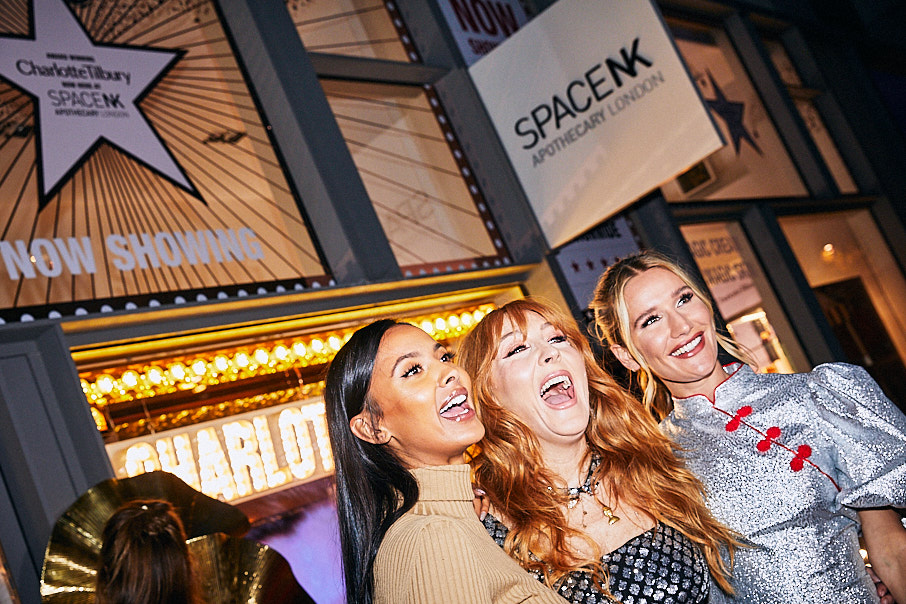As a professional photographer, I understand that an amateur with a good bit of kit can capture a pretty decent photo. And I know that you can generate some fabulous photography for your business social media channels using a smartphone. And I know that my kids could jump into my studio-space and nail a better-than-average corporate headshot. With the lighting sorted, the model camera-ready, and a bit of time to play with, taking a decent photo isn’t rocket science.
But when you throw in some tricky lighting, several hundred party-people playing up for the camera or a room full of business-types in grey suits, photographers often need to transform into rocket scientists to pull off a collection of standout images!
It’s easy to miss that ‘decisive moment’, to get blur on that all-important award shot, to get too many blinks on a group shot. Also, photographs can start to blend into one so that they all look the same. Capturing a set of compelling photographs of a business event can be a challenge.
Great photography is crucial to event success
If you work for a brand or run your own business where events are key, boring event photography isn’t an option. Customers will judge you on the way your event looks. In fact, Eventbrite has concluded that consumers will work out the value of an event, and whether they want to attend or not, based on the imagery used in the promotion of it.
The images you capture at today’s event will become the marketing materials for next year’s event. They’ll appear on your website, in email campaigns, across social media, and potentially in press coverage. Poor quality or uninspiring photographs can actually damage your event’s reputation and impact attendance in the future.
So how do you ensure that your corporate event photography is strong, powerful, exciting, and enticing?
So how do you ensure that your corporate event photography is strong, powerful, exciting, and enticing?
Here are my 6 tips for great corporate event photography.
1. Think ahead. How and where do you want to use the images?
When it comes to briefing your photographer about the event, remember to tell them where you plan to use the images and how you plan to use them. Are you using them as a collection in a Facebook album or as stand-alone shots on Instagram? This will have an impact on how your photographs are composed. Instagram shots are often square so your photographer will need to know this so that the images can be framed accordingly. Or are you using them as banner ads on your website and events pages? Again, usage may have an impact on composition.
If you host lots of events, you may want some generic shots so that old images can be recycled for new events. In which case, it’s good to ask your photographer to get some shots of the audience and details rather than just speakers as line-ups will change from event to event.
Consider whether you need landscape or portrait orientations, or both. For website banners, you’ll typically need wide, landscape images, while social media posts and print materials often work better with portrait orientation. Communicating these needs upfront allows your photographer to capture the right mix of formats.
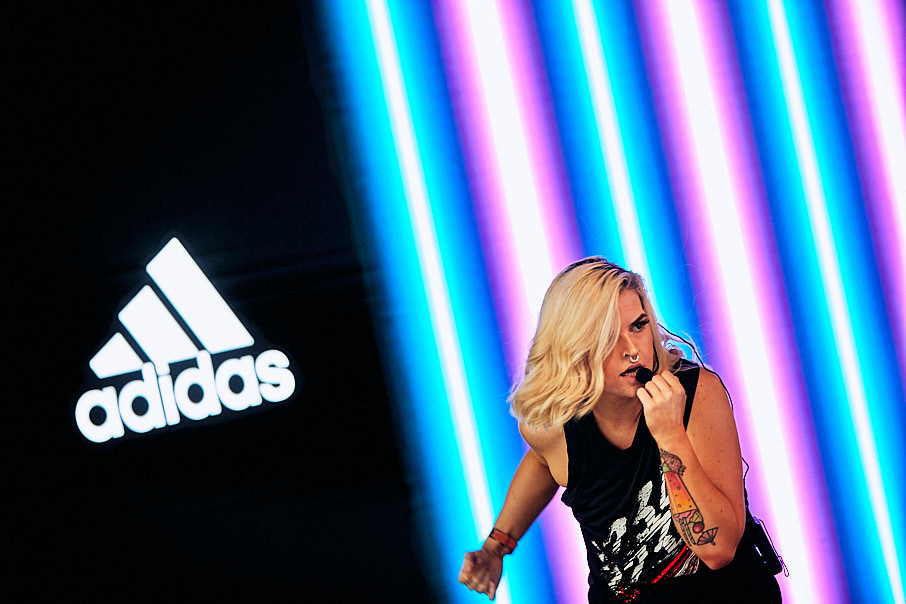
2. Brief your photographer on key speakers & guests as well as timings
If your corporate event features speakers, sponsors or special guests make sure your photographer knows who they are ahead of time. They need to be aware of key people and, where possible, provide them with a photo of that person so that they will recognise them on the day.
One of the best briefs I ever had was from a client who provided me with a full list of key attendees and a thumbnail image of each of them (taken from LinkedIn/websites). This kind of information is invaluable. You don’t want to receive the photographs post-event and wonder why you don’t have a photograph of that amazing attendee who visited from the other side of the world or the sponsor who didn’t want to take the spotlight. If you don’t flag these people to your photographer, they won’t know who they are.
Consider creating a simple priority list of VIPs ranked by importance to your event. This helps your photographer ensure that the most crucial people receive appropriate coverage, even if time becomes limited during a busy event schedule.
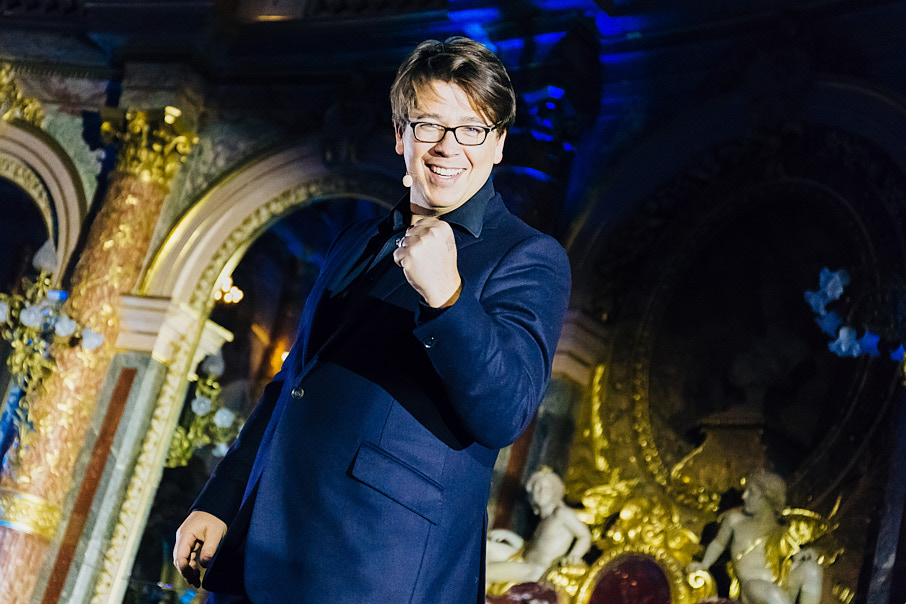
3. Discuss timings and running order
You might have a budget for just one photographer and yet you might have two elements of your event going on at the same time. That’s okay. Provide your photographer with the timing and running order so that you can discuss your requirements in advance. One photographer can only be in one place at any one time, so know where you want them to be. It might be that you want to grab some headshots of attendees. Perhaps these could take place whilst guests are networking. Work out your photographic priorities (see point 1) and discuss this information with your photographer. In most cases, your photographer will be experienced in event planning and might have some great suggestions on how to get the best shots of your event.
For multi-day conferences or complex events, consider creating a shot list that identifies “must-have” moments versus “nice-to-have” opportunities. This ensures critical aspects of your event are documented even if unexpected timeline changes occur. Remember that experienced event photographers build in flexibility, knowing that conferences often run behind schedule.

4. Keep it simple by using natural lighting
You want your photographer to blend into the background so the use of flash is a no-no. Lighting needs to reflect the event and the natural feel needs to come through in the imagery. Anything artificial will take away from that natural look and it will also be terribly distracting to proceedings.
If you want fun, posed shots of attendees consider a media wall/step and repeat board. Your photographer can set up lighting in this designated area which won’t impact the atmospheric lighting in the main event space.
For events with challenging lighting conditions – like dimly lit awards ceremonies or evening receptions – discuss options with your photographer in advance. Professional event photographers can work with minimal lighting through specialised equipment and techniques that capture the ambiance without compromising image quality.
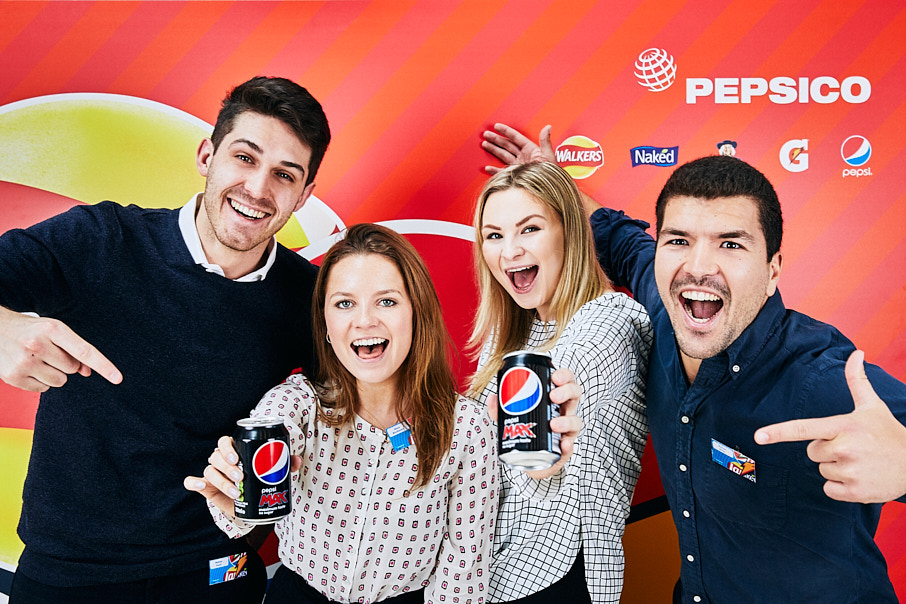
5. Animate your images so that they can stand alone
Yes, you want a collection of great images from your event, a collection that tells the story of your event. But remember that most people have a short attention span when it comes to looking at images. Have fun with standard images so that they can ‘stand-alone’. Make sure that images that could be viewed as repetitive have some variation by playing around with poses.
Think about capturing genuine reactions and emotions rather than just documenting who was there. A speaker gesturing passionately, audience members laughing, or attendees deep in conversation during networking – these animated moments create more engaging imagery than static, posed shots. They convey the energy and value of your event in a single frame.
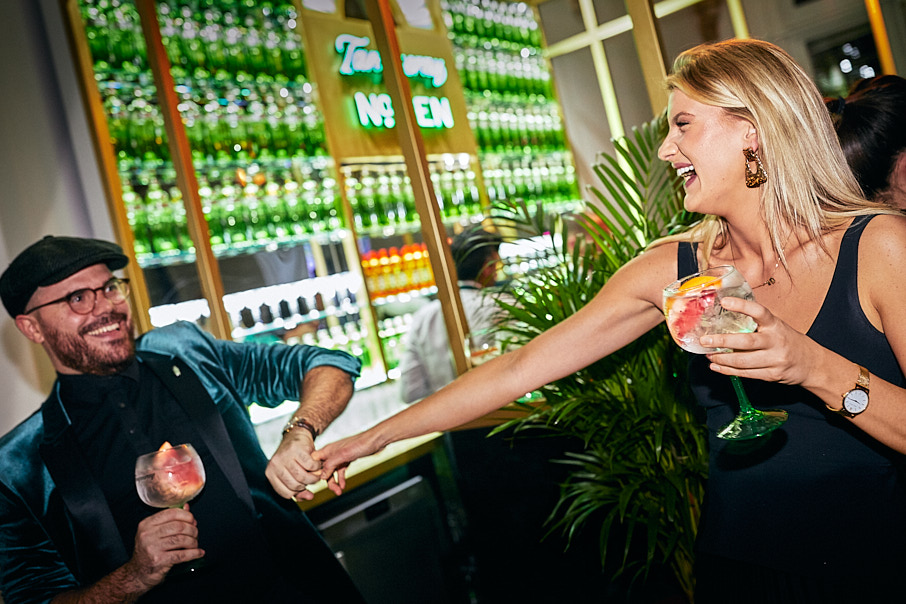
6. Switch up the angles
Not every shot needs to be taken from the same viewpoint. If everyone is seated, think about getting up high and shooting the scene from above.
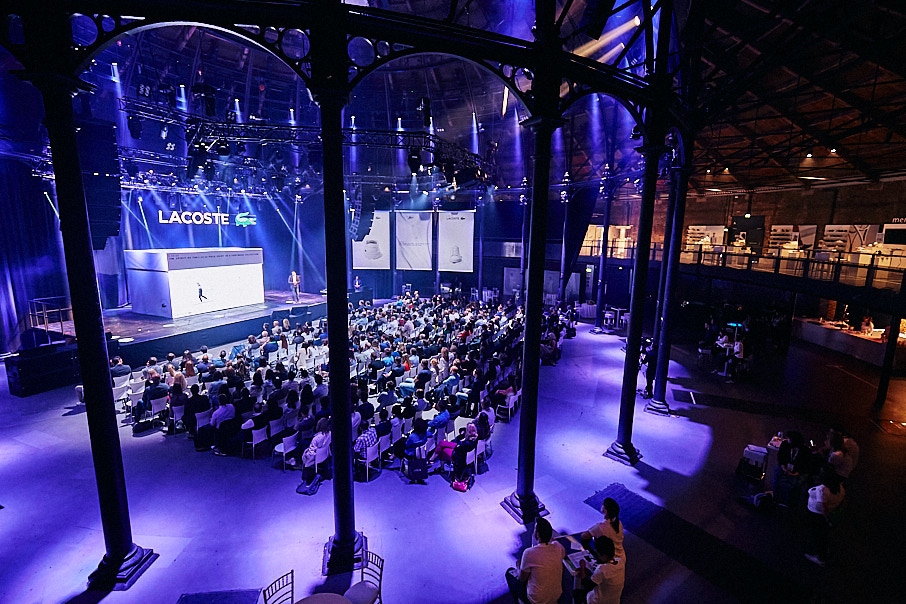
If you have people presenting on stage, go in close to capture emotion, and shoot wide to capture the scale.
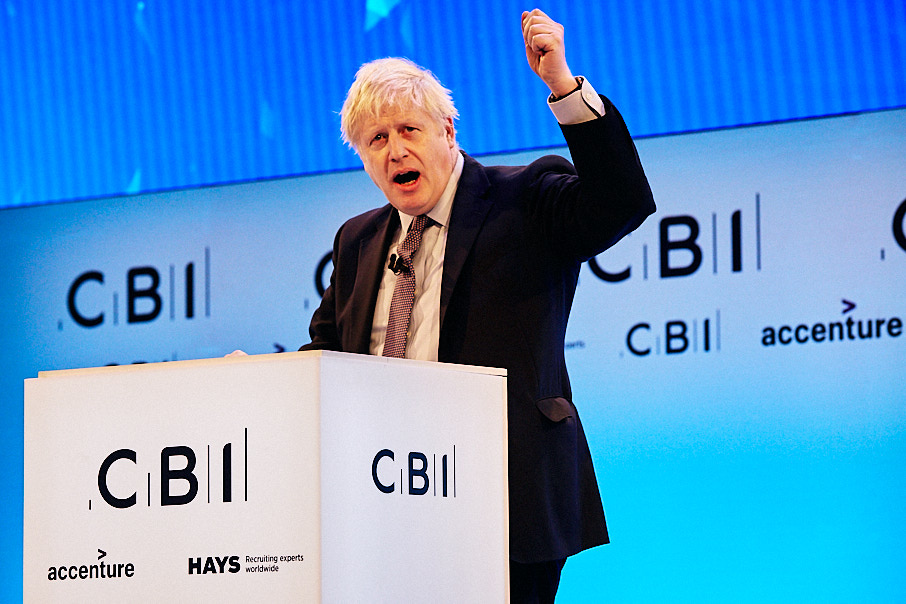
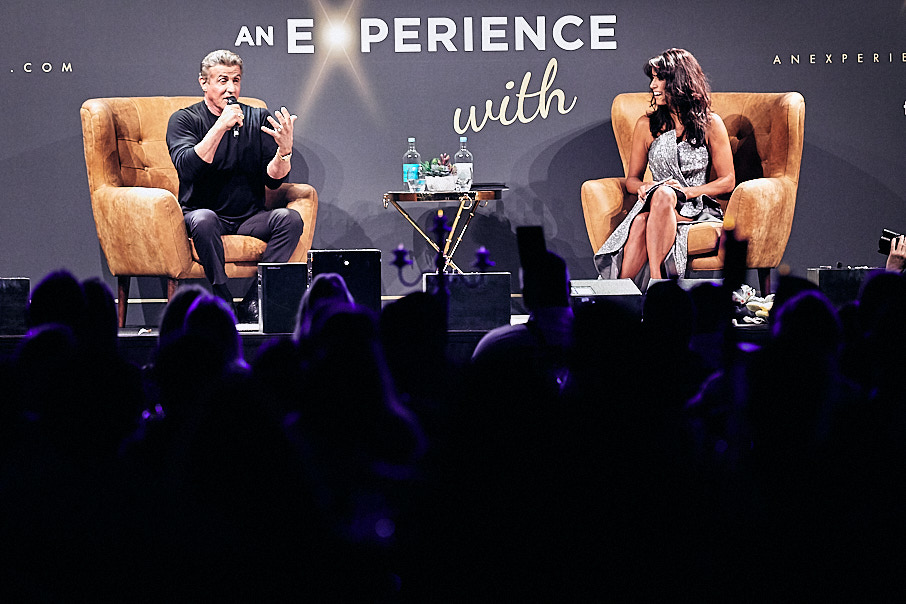
If everyone is in a standard conference room, frame the scene by shooting through a doorway. It adds interest to what may otherwise be a boring shot. Creative perspectives transform ordinary corporate events into visually compelling stories. Consider the architecture of your venue – balconies, staircases, and mezzanine levels all offer unique vantage points. Shooting from floor level can make a standard presentation feel more dramatic, while overhead shots of networking sessions reveal patterns and connections invisible from eye level.
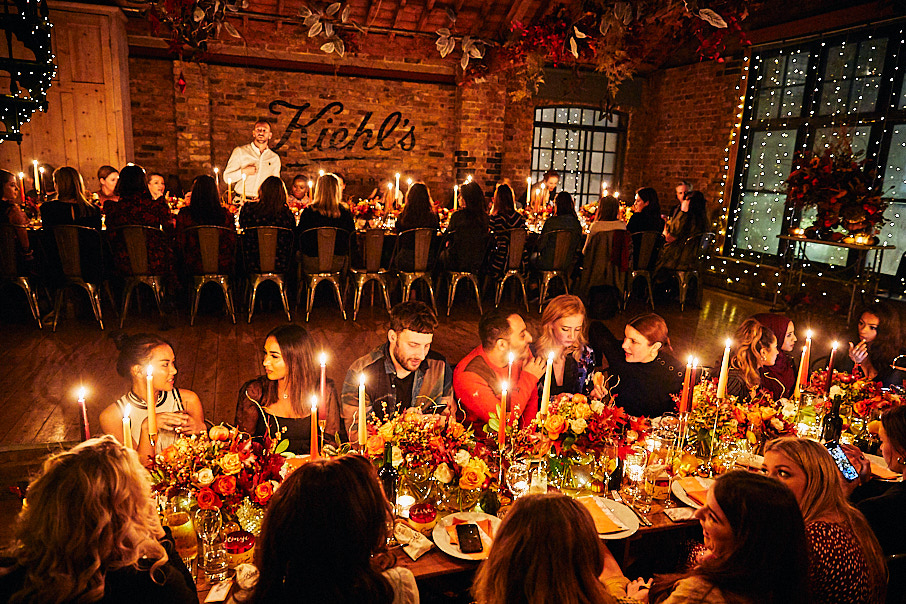
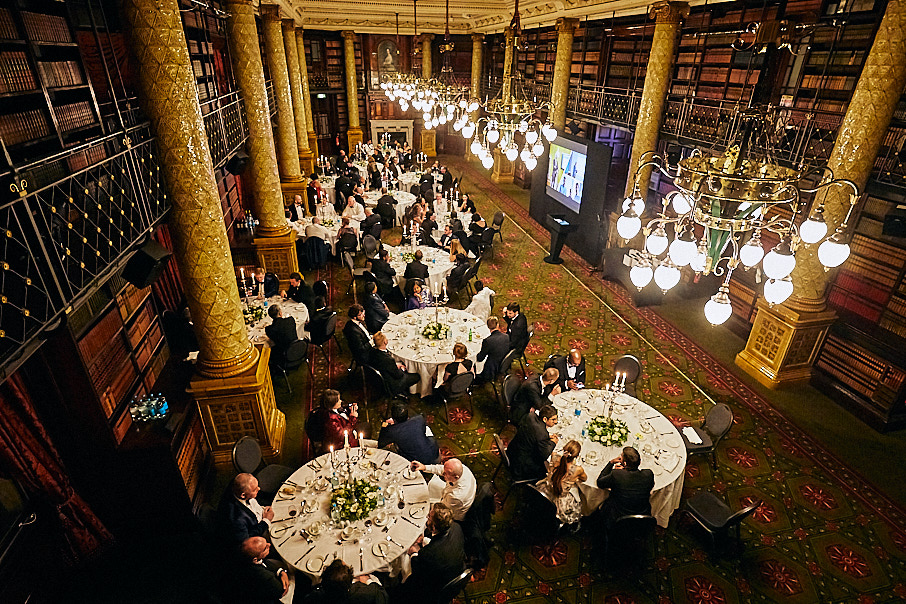
Elevate Your Next Corporate Event
So there are 6 tips for great event photography. I could go on but please do get in touch if you have any questions about event photography for a forthcoming event. And check out my events pages for more information.
Remember that great event photography isn’t just about documenting what happened – it’s about creating visual assets that continue working for your brand long after the event concludes. The right photographer doesn’t just capture images; they help tell your event’s story in a way that engages and inspires your audience.
